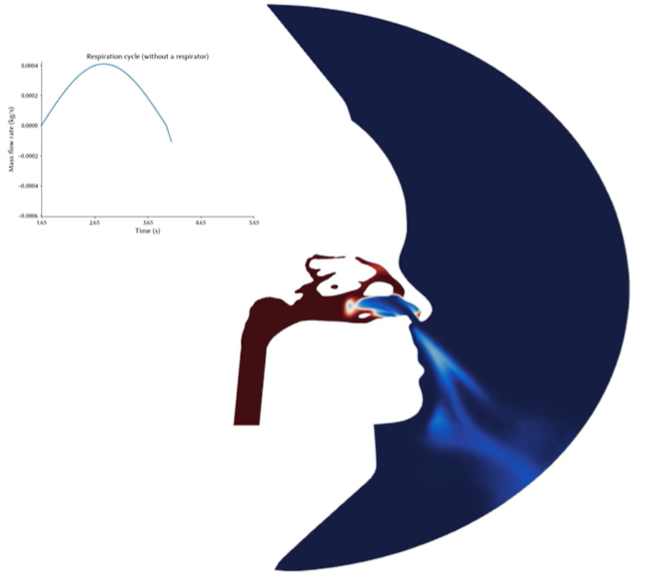Contribution by Prof. David Fletcher who attended SCONA is his capacity as Adjunct Professor at the University of Sydney
SCONA 2023 (Society for Computational fluid dynamics Of the Nose and Airway) was held recently in Brisbane, Australia in conjunction with the 15th Asia-Oceania ORL-HNS Congress and convened by Assoc. Prof Kiao Inthavong from RMIT University. I was fortunate enough to attend the meeting and to present an invited lecture on quality and best practices in CFD applied to flow in inhalers and the nasal/thoracic passages. The conference was held in dual format with both face to face presentations and recorded lectures with the presenters on-line to introduce their talks and answer questions. I found that the standard of presentations this year was particularly high and, if you weren’t able to make it in person, I recommend watching the recordings which will be made publicly available through the SCONA video series (click here for link).
For me there were a number of highlights that illustrated the power of using CFD for applications relevant to our understanding of the nose and airway. If you are interested in this area, I would recommend the following (in no particular order):
- Ito presented a multi-scale approach which covered residence times in room at the largest scale and detailed heat and mass transfer in nasal passages at the smallest scale. Very insightful work.

- Dr Saikat Basu looked at virus carriers, how they get transported and their interaction in the nasal passage. He again looked at the role of surface boundary conditions and for the fluid dynamitists amongst you made clever use of analytical solution to explain some observed flow effects.

- If you want to learn what gives dogs their incredible sensitivity to smell then the presentation of Dr. Matthew Staymates on biomimicry is a must and it is very entertaining!

- The utility of the SBES model (the focus of a previous blog and webinar) was made very clear by the RMIT team with talks from Patrick Warfield-McAlpine on insights from transient respiratory nasal simulations and Hana Salati on fan driven flow in N95 masks.

Velocity contours taken at (a) peak inhalation (t = 4:825 s)
- Advanced use of particle tracking (DPM) and its extensibility using UDFs to model hydroscopic growth of droplets was described by Prof Mark Jermy.
- Assoc./Prof. Kiao Inthavong gave a great summary of open questions and future work requirements. Really worth listening to if you a researcher in this area.
Ansys Fluent was by far and away the most used software in this area and there were great examples of both its exploitation out of the box and its extensibility via UDFs. If you work in this area, would like to know a bit more about the spread of COVID or other infections, what gives some animals incredible smell sensitivity or just want to see some cool CFD I would highly recommend dipping into the recordings!






